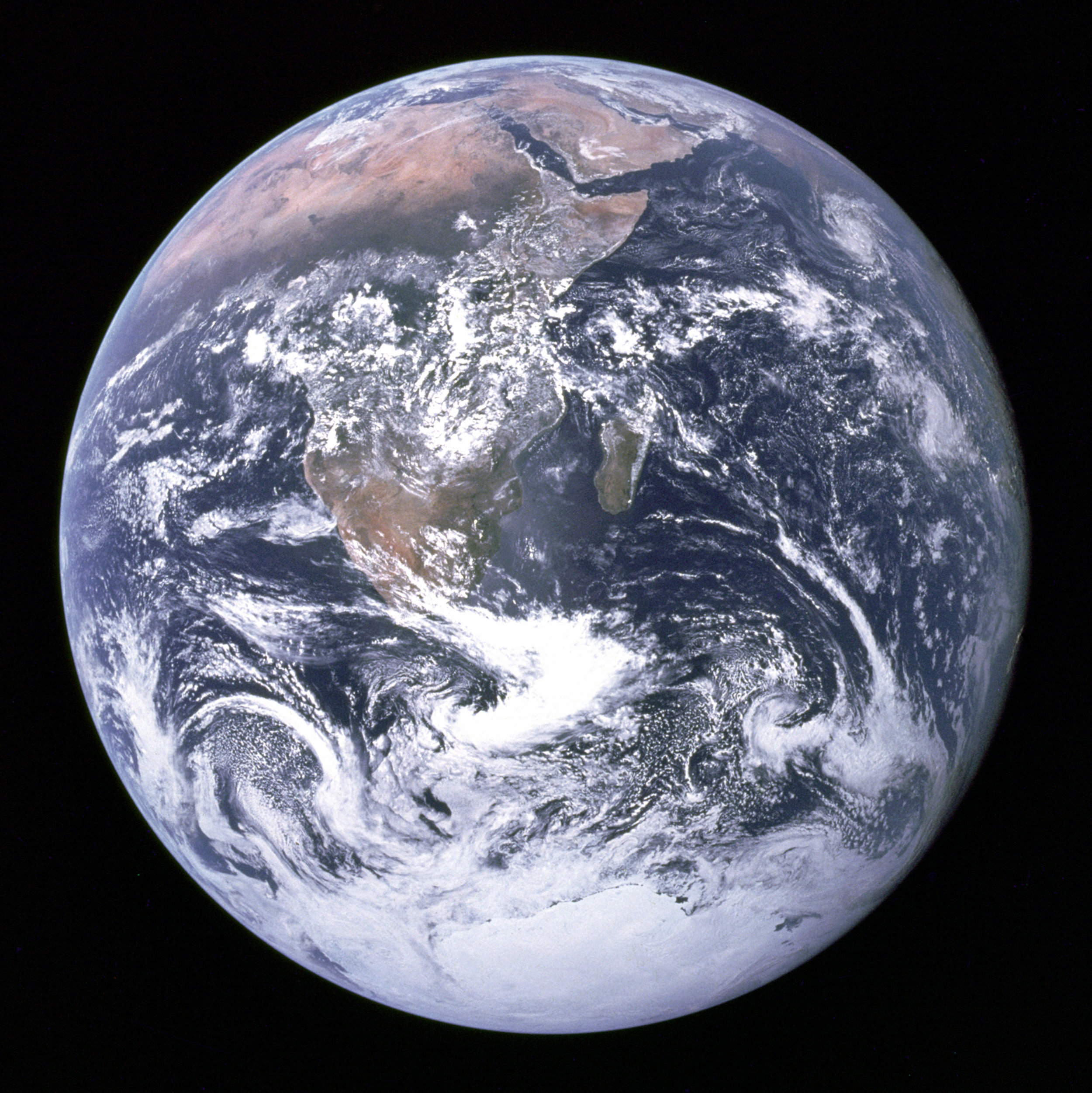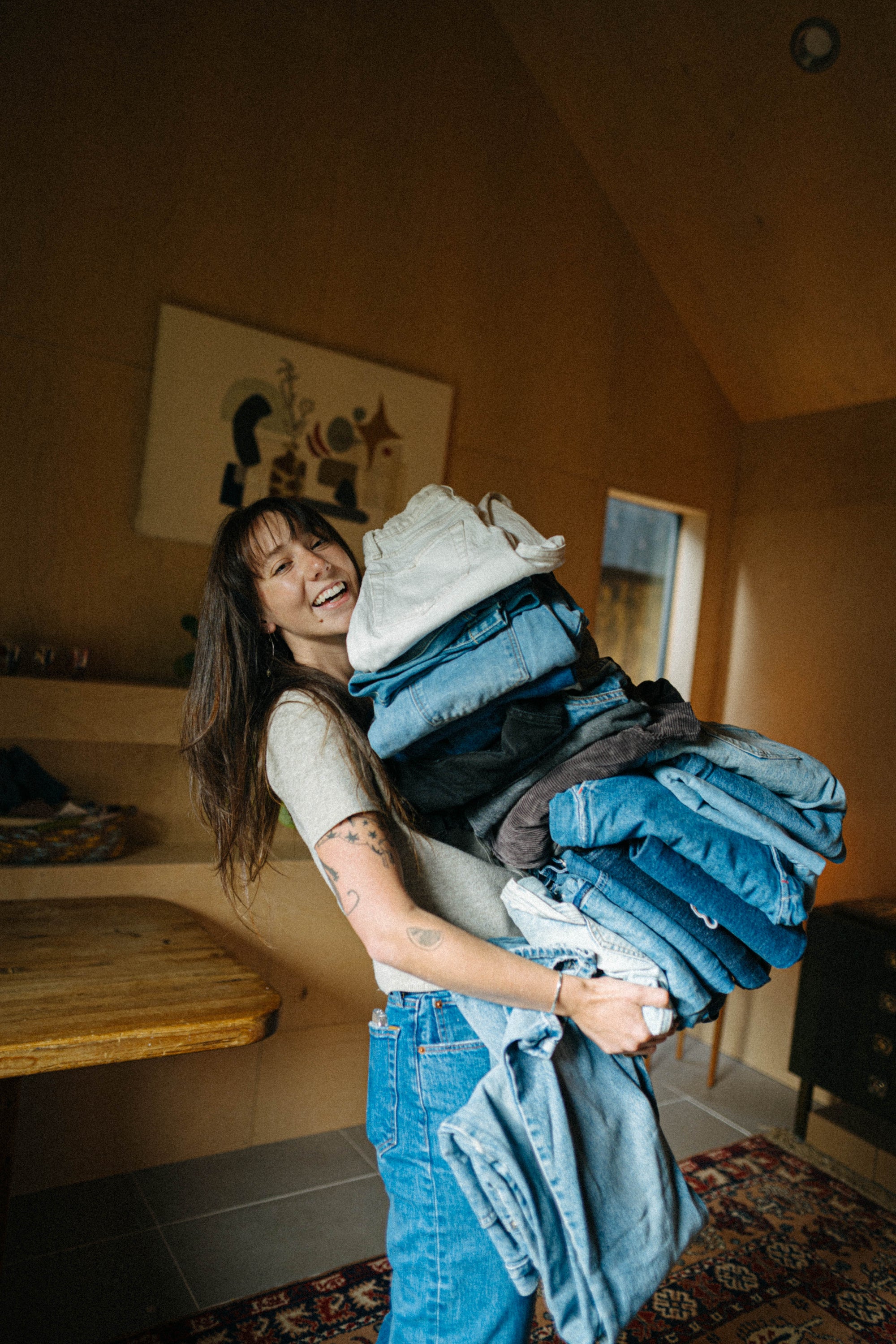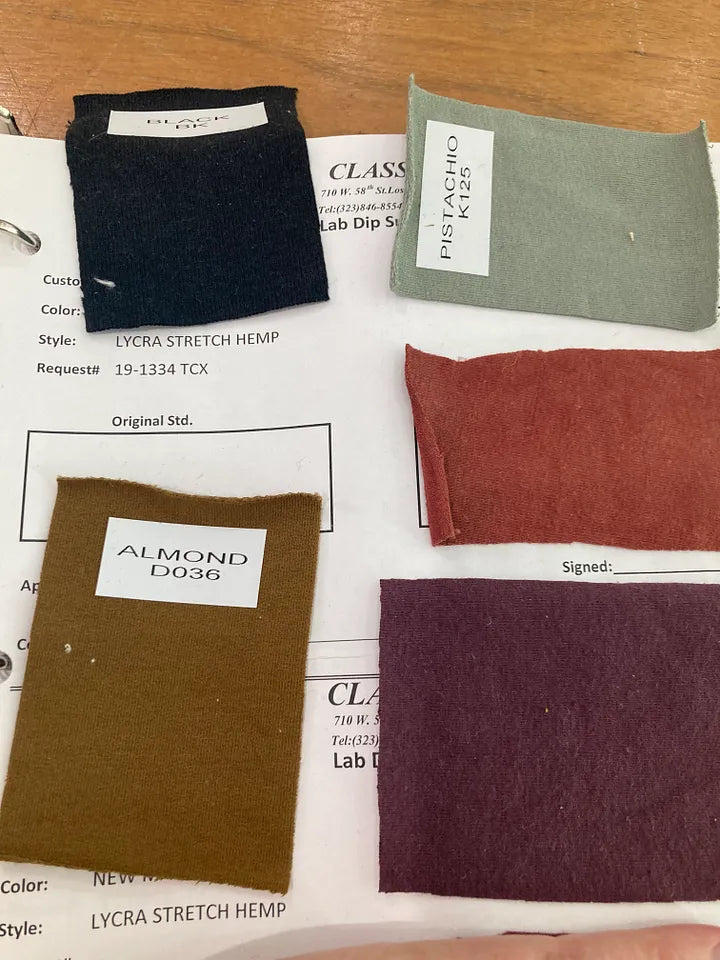by Joshua Newman
Earth is the only home humans have ever known. For millennia, humans explored its vast landscapes and traversed its oceans. Until fairly recently, we hadn’t yet begun to understand this planet’s singular importance. As technology has improved, an understanding of Earth’s location in the universe has slowly begun to unfold. In the 60’s, as NASA attempted to touch the moon, a unique perspective of our home came into view_ the view of Earth from space.
The famous “Blue Marble” photograph depicted the Earth in an unfamiliar context and something unexpected was also in that photograph_ an empty, black space in the background. The sheer intensity of this expanse offered more questions than answers_ what else is out there? who? In the 60 years since that era, governments and hobbyists have searched the cosmos ceaselessly for other forms of life and other habitable planets. Neither have been found within a flyable distance and the longer the search continues, the more one thing becomes clear_ this planet has to last us for a very long time. There is no “Plan B” when it comes to the Earth.
The Apollo missions began a new era of cosmological awareness that was almost too distracting. People wasted so much time peering into telescopes they lost sight of the world all around them. Instead of delving into the theories and possibilities of the unknown, turn your gaze like the astronauts 60 years ago and look at the Earth from your own fresh perspective.
"we’ve begun using clothing the same way we use plastic straws and chip bags_ like it’s temporary.
For those in industrialized nations, sweeping forests and babbling streams are speckled here and there with Dasani bottles, McDonald’s lids, and Doritos bags. For the rest of the world, plastic washes up on the shores once it’s journeyed from the bodegas and convenience stores of big cities and small towns alike. These trivial, little items seem temporary because the amount of time they are in use is so short. Then they go in the trash; out of sight, out of mind.
The material that composes these items composes many of the items used on a daily basis_ plastic. It’s cheap and easy to produce, so it’s used for the things that need to be cheap and plentiful like straws and packaging. Plastic’s versatility is unprecedented, but so is its durability. Plastic doesn’t wear down like natural materials because it’s highly processed and water-resistive. It can last from a few hundred to a few thousand years. Industries are making so much of it and using it in such a temporary way that it’s building up all around us. It doesn’t just go away, it’s in the oceans and under the soil and it’s changing the Earth in irreversible ways.
"Nylon, Polyester, Lycra, and Rayon are all plastic-based synthetic fabrics and, like other plastic products, they take hundreds to thousands of years to degrade."
Plastic is so versatile, it’s even used in clothing, and we’ve begun using clothing the same way we use plastic straws and chip bags_ like it’s temporary. Nylon, Polyester, Lycra, and Rayon are all plastic-based synthetic fabrics and, like other plastic products, they take hundreds to thousands of years to degrade. Fashion trends, however, tend only to last a month to a couple weeks. Why are fashion products made out of a material that lasts so long if the amount of time they’re in style is so short?
Textiles are nearly 100% recyclable, including synthetics, and there’s no reason anything in the textile and apparel industry should be wasted. It’s not that it’s not possible to be zero-waste, it’s just that not enough companies are doing it or even trying. There’s an additional problem to the recycling issue because of the way companies mix different fibers together. In order to make products cheaper, companies mix natural fibers like cotton with synthetic fibers like polyester. This practice makes it very difficult to develop viable recycling solutions because of the complexity of separating the fibers back out.
"Textiles are nearly 100% recyclable, including synthetics, and there’s no reason anything in the textile and apparel industry should be wasted... [but] Of the total 25 billion pounds of textile waste, only 15% is donated or recycled."
Fast-fashion companies have even worked to add additional trend seasons so that the industry as a whole can move more product. More product flying off the shelves is more product flying into the trash. Numerous studies have found that people don’t want to take the time, money, or energy to maintain the garments they own. It’s cheaper and faster to buy a new shirt than to fix a button, remove a stain, or modify a hem. The clothes that aren’t wanted anymore end up in the trash can rather than a recycling plant because the industry isn’t investing in the technology or producing products that are easy to recycle. This carelessness dumps 21 billion pounds of textile waste to municipal, solid-waste landfills. Of the total 25 billion pounds of textile waste, only 15% is donated or recycled. Even then, donated clothing is often exported to Africa and India where its shredded for its fibers because, honestly, we don’t have the space for our own trash.
" [we use] the fibers that the Earth gave us_ cotton, linen, and hemp. The garments we make from these soft, durable fibers will probably still last longer than you, but will break down naturally when you, or your descendants, are finished with it..."
Of the entire apparel industry, 64% of fibers are synthetic and 6% are viscose, which behaves synthetically. The rest is cotton and a bit of linen. Over half of the fashion products used and discarded can’t be naturally broken up and will continue to sit in the landfill for thousands of years, or until someone can figure out what else to do with it.
As a company, we do our best not to contribute to this crucial and growing problem. Our strategy uses the fibers that the Earth gave us_ cotton, linen, and hemp. The garments we make from these soft, durable fibers will probably still last longer than you, but will break down naturally when you, or your descendants, are finished with it. Natural fibers don’t need to be treated or finished with chemicals and are made of nutrient-rich components that can be returned to the soil for growing new plants and making new garments. Our yoga line uses the minimum amount of synthetic fiber necessary for optimal stretch totaling only 4% lycra while most major athletic brands are 100% synthetic. We aim to create clothes that follow a classic, timeless trend that avoids becoming outdated or obsolete as quickly as mainstream fast fashion because the more time it spends in your closet, the less space it takes up in the ocean or landfill. Currently we are tackling our pattern-cutting methods to reduce the amount of fabric scraps created by production. Any scraps we do end up with are saved from the landfill until we find use for them.
"We aim to create clothes that follow a classic, timeless trend that avoids becoming outdated or obsolete... because the more time it spends in your closet, the less space it takes up in the ocean or landfill."
As an individual, you can reduce your waste by buying less, mending and caring for what you already own, and supporting brands and companies that are mindful of the way that their practices effect the world around them. Choosing to do the right thing, no matter how small, is important because even though we are just a small company and you are just an individual, it’s the little things that add up to make a big impact. Millions of Americans who see using a plastic straw as just a little thing adds up to millions of plastic straws in the trash, so choose to do that little thing that makes a positive impact instead of a negative one.
Sources
Joung, Hyun-Mee. “Fast-Fashion Consumers’ Post-Purchase Behaviours.” International Journal of Retail & Distribution Management 42, no. 8 (2014): 688–97. 2014.
Morgan, Andrew. The True Cost . CMV-Laservision, 2016.
Quantis. Measuring Fashion. https_//quantis-intl.com/wp-content/uploads/2018/02/measuring_fashion_report_quantis.pdf Quantis International, 2018.
Wang, Youjiang, ed. Recycling in Textiles. Woodhead Publishing in Textiles. Cambridge : Boca Raton, Fla_ Woodhead ; CRC Press, 2006.










